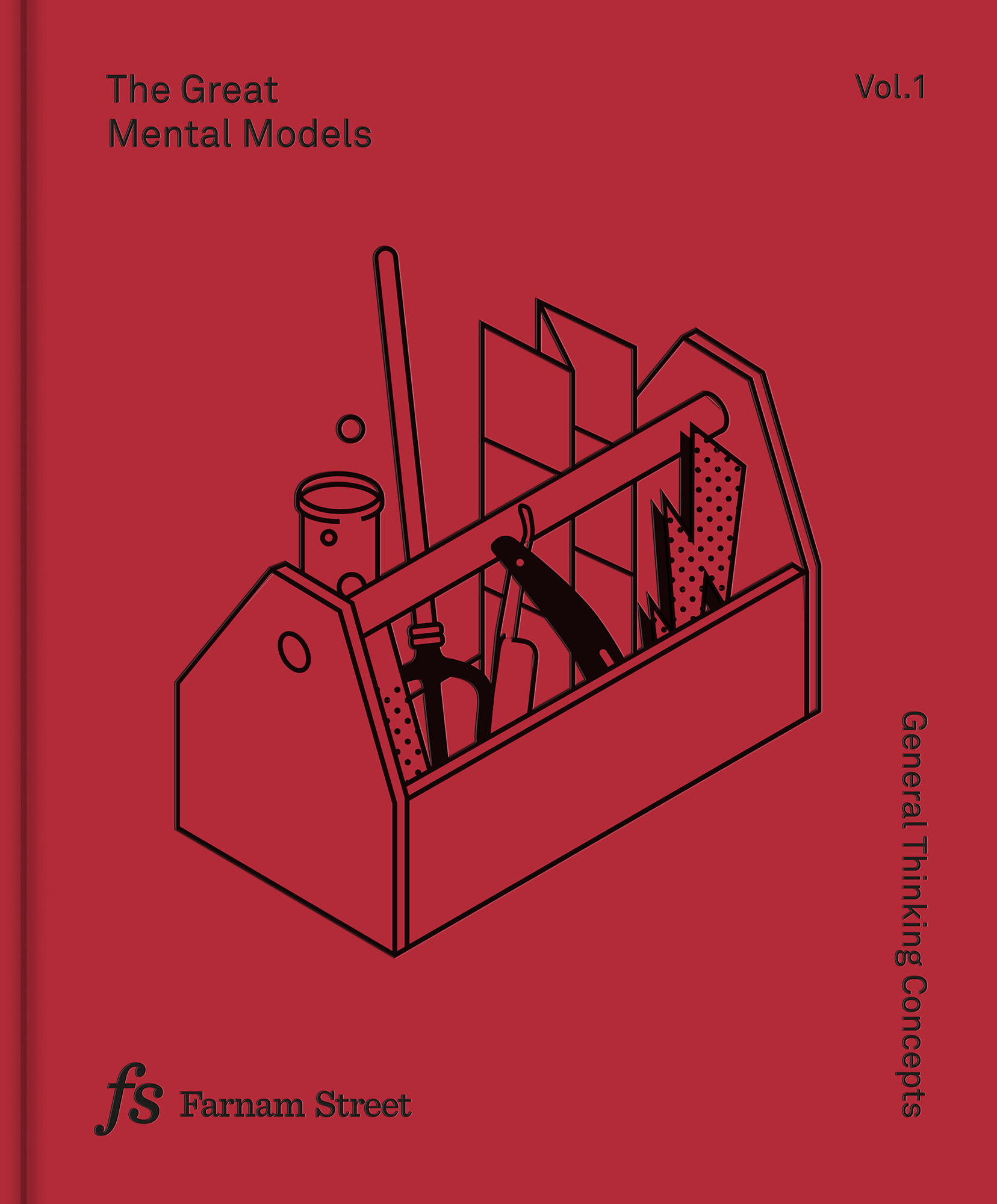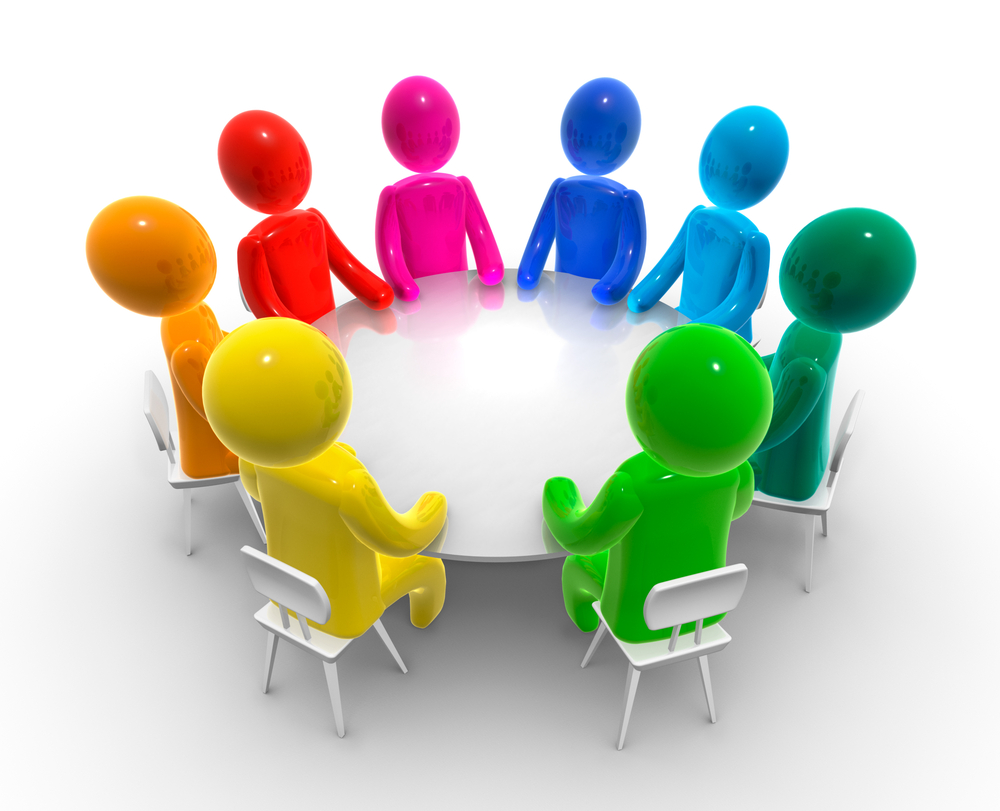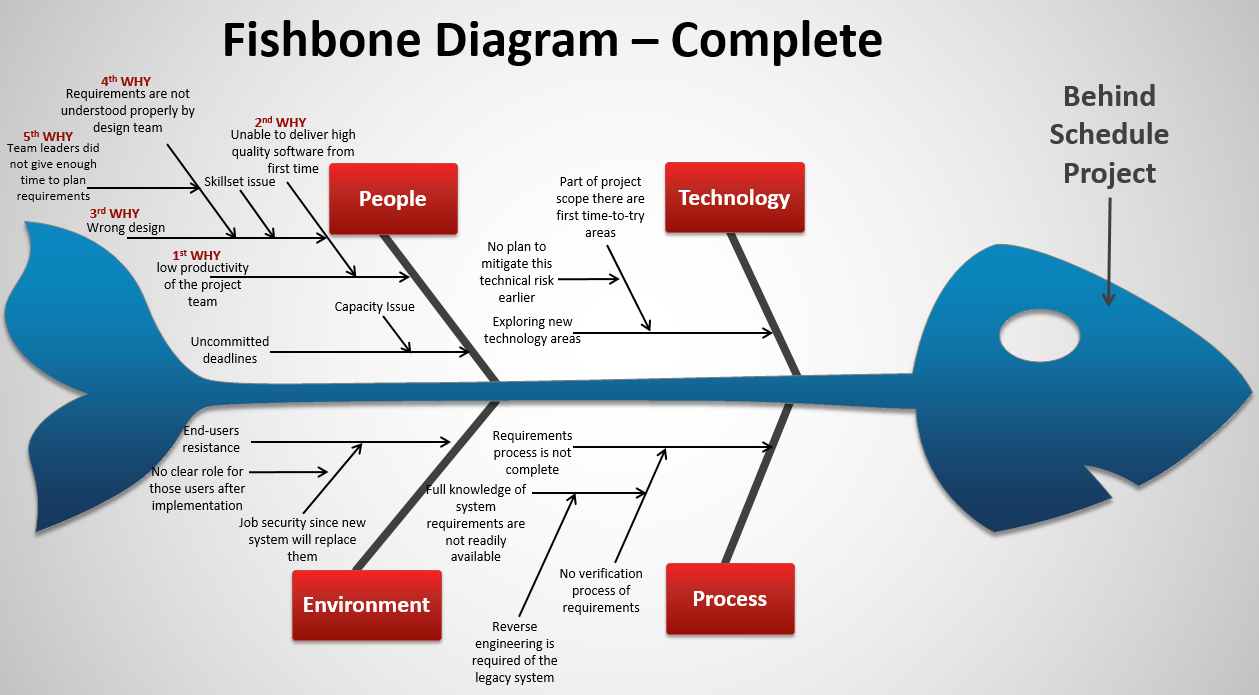The Great Mental Models – Book Summary
Nothing is better than reading a book and share it with others through summaries. This blog post focuses on a book about mental models of thinking. It is interesting book that tackles the thinking models we are using in our day-to-day decisions and judgment upon actions and situations around us. Most of us are following one or more of those models without knowing. Few talented ones are smart enough to have multiple models that suit different situations. Thanks to Shane Parrish who collected those models together in this book volume.
Putting those thinking models in a book is a brilliant idea that is eye opener. You can make great benefit through looking at matters through different lens and different perspectives. The awareness of existence of those models is sufficient to change your point of view on things.
Let us dig into the ideas brought by this book. The way I summarize books is through highlighting main ideas of each book chapter in bullets format. Intentionally I keep book orders for easy follow and better traceability to the original book.
Acquiring Wisdom
- A mental model is simply a representation of how something works,
- We cannot keep all of the details of the world in our brains, so we use models to simplify the complex into understandable and organizable chunks,
- It is like lenses and perspective to see problems through it,
- Most problems are multidimensional, and thus having more lenses often offers significant help,
- When understanding is separated from reality, we lose our powers
- Flaws to solving problems:
- Perspective – We must be open to other perspectives if we truly want to understand the results of our actions
- Ego – Many of us tend to have too much invested in our opinions of ourselves to see the world’s feedback. The feedback we need to update our beliefs about reality. we’re so afraid about what others will say about us that we fail to put our ideas out there and subject them to criticism. This way we can always be right. Second, if we do put our ideas out there and they are criticized, our ego steps in to protect us. We become invested in defending instead of upgrading our ideas
- Distance – The further we are from the results of our decisions, the easier it is to keep our current views rather than update them. When you put your hand on a hot stove, you quickly learn the natural consequence. Organizations over a certain size often remove us from the direct consequences of our decisions.
- The lack of multidisciplinary thinking implies having BLIND SPOTS,
- “To the man with only a hammer, everything starts looking like a nail.” Not every problem is a nail,
- The world is full of complications and interconnections that can only be explained through understanding of multiple models,
Thinking Model #1: First Principles Thinking
First principles thinking is one of the best ways to reverse-engineer complicated situations and unleash creative possibility. Sometimes called reasoning from first principles. If you know the first principles of something, you can build the rest of your knowledge around them to produce something new.
- The scientific method has demonstrated that knowledge can only be built when we are actively trying to falsify it,
- First principles thinking identifies the elements that are, in the context of any given situation, non-reducible,
- Techniques for establishing first principles:
- Socratic questioning: This is a disciplined questioning process, used to establish truths, reveal underlying assumptions, and separate knowledge from ignorance. It stops you from relying on your gut and limits strong emotional responses. This process helps you build something that lasts. Example of Questions: Why do I think this?, How do I know this is true? What if I thought the opposite?, How can I back this up? What are the sources?, What might others think? How do I know I am correct?, What if I am wrong? What are the consequences if I am?, Why did I think that? Was I correct? What conclusions can I draw from the reasoning process?
- The Five Whys: The Five Whys is a method rooted in the behavior of children. If your “whys” result in a statement of falsifiable fact, you have hit a first principle. If they end up with a “because I said so” or ”it just is”, you know you have landed on an assumption that may be based on popular opinion, cultural myth, or dogma. These are NOT first principles.
EXAMPLE: The discovery that a bacterium, not stress, actually caused the majority of stomach ulcers is a great example of what can be accomplished when we push past assumptions to get at first principles. Scientists thought that bacteria could not grow in the stomach on account of the acidity. It turned out, however, that a sterile stomach was not a first principle. It was an assumption. Because this dogma was taken as truth, for a long time no one ever looked for reasons that it could be false
Thinking Model #2: Thought Experiment
Thought experiments can be defined as “devices of the imagination used to investigate the nature of things.”. Thought experiments are powerful because they help us learn from our mistakes and avoid future ones.
Through experiment steps:
- Ask a question
- Conduct background research
- Construct hypothesis
- Test with (thought) experiments
- Analyze outcomes and draw conclusions
- Compare to hypothesis and adjust accordingly (new question, etc.)
Areas that can use through experiments:
- Imagining physical impossibilities
- Re-imagining history
- Intuiting the non-intuitive
Thinking Model #3: Second-order Thinking
Almost everyone can anticipate the immediate results of their actions. This type of first-order thinking is easy and safe but it’s also a way to ensure you get the same results that everyone else gets. Second-order thinking is thinking farther ahead and thinking holistically. Failing to consider the second- and third-order effects can unleash disaster. It is often easier to find examples of when second-order thinking didn’t happen—when people did not consider the effects of the effects. Very often, the second level of effects is not considered until it’s too late. This concept is often referred to as the “Law of Unintended Consequences” for this very reason.
EXAMPLE: When it comes to the overuse of antibiotics in meat, the first-order consequence is that the animals gain more weight per pound of food consumed, and thus there is profit for the farmer. Animals are sold by weight, so the less food you have to use to bulk them up, the more money you will make when you go to sell them.
The second-order effects, however, have many serious, negative consequences. The bacteria that survive this continued antibiotic exposure are antibiotic resistant. That means that the agricultural industry, when using these antibiotics as bulking agents, is allowing mass numbers of drug-resistant bacteria to become part of our food chain.
Thinking Model #4: Probabilistic Thinking
Probabilistic thinking is essentially trying to estimate, using some tools of math and logic, the likelihood of any specific outcome coming to pass. In a world where each moment is determined by an infinitely complex set of factors, probabilistic thinking helps us identify the most likely outcomes. For this, we need to consciously add in a needed layer of probability awareness.
- There are three important aspects of probability that we need to explain so you can integrate them into your thinking to get into the ballpark and improve your chances of catching the ball:
- Bayesian thinking – Bayesian thinking allows us to use all relevant prior information in making decisions. Statisticians might call it a base rate, taking in outside information about past situations like the one you’re in. Conditional probability is similar to Bayesian thinking in practice, but comes at it from a different angle,
- Fat-tailed curves – In a bell curve the extremes are predictable. The more extreme events that are possible, the longer the tails of the curve get.
- Asymmetries – Finally, you need to think about something we might call “metaprobability”—the probability that your probability estimates themselves are any good. EXAMPLE: If you look at nicely polished stock pitches made by professional investors, nearly every time an idea is presented, the investor looks their audience in the eye and states they think they’re going to achieve a rate of return of 20% to 40% per annum, if not higher. Yet exceedingly few of them ever attain that mark, and it’s not because they don’t have any winners. It’s because they get so many so wrong. They consistently overestimate their confidence in their probabilistic estimates. (For reference, the general stock market has returned no more than 7% to 8% per annum in the United States over a long period, before fees.)
Thinking Model #5: Inversion
- Inversion is a powerful tool to improve your thinking because it helps you identify and remove obstacles to success.
- As a thinking tool it means approaching a situation from the opposite end of the natural starting point.
- Most of us tend to think one way about a problem: forward. Inversion allows us to flip the problem around and think backward. Sometimes it’s good to start at the beginning, but it can be more useful to start at the end.
- Combining the ability to think forward and backward allows you to see reality from multiple angles.
- There are two approaches to applying inversion in your life:
Start by assuming that what you’re trying to prove is either true or false, then show what else would have to be true.
Instead of aiming directly for your goal, think deeply about what you want to avoid and then see what options are left over.
The Process:
- Identify the problem
- Define your objective
- Identify the forces that support change towards your objective
- Identify the forces that impede change towards the objective
- Strategize a solution! This may involve both augmenting or adding to the forces in step 3, and reducing or eliminating the forces in step 4.
The inversion happens between point 3 and 4.
Think about not only what you could do to solve a problem, but what you could do to make it worse—and then avoid doing that, or eliminate the conditions that perpetuate it.
Inversion leads to Innovation.
EXAMPLE: The first great detective to capture the public imagination was Sherlock Holmes. He solved cases in ways that were unfathomable to others, yet seemed obvious in retrospect. He gave the appearance of being a magician, but really he was an excellent observer. He was also a master of inversion.
Another example related to encourage women for smoking through convincing them it will help them getting slender figure during 1920s.
Thinking Model #6: Occam’s Razor
- Simpler explanations are more likely to be true than complicated ones. This is the essence of Occam’s Razor a classic principle of logic and problem-solving.
- Instead of wasting your time trying to disprove complex scenarios, you can make decisions more confidently by basing them on the explanation that has the fewest moving parts.
- Occam’s Razor is a great tool for avoiding unnecessary complexity by helping you identify and commit to the simplest explanation possible.
- Simplicity can increase efficiency – With limited time and resources, it is not possible to track down every theory with a plausible explanation of a complex, uncertain event. Without the filter of Occam’s Razor, we are stuck chasing down dead ends. We waste time, resources, and energy.
EXAMPLE: In a life-and-death situation, in 1989 Bengal tigers killed about 60 villagers from India’s Ganges delta.13 No weapons seemed to work against them, including lacing dummies with live wires to shock the tigers away from human populations. Then a student at the Science Club of Calcutta noticed that tigers only attacked when they thought they were unseen, and recalled that the patterns decorating some species of butterflies, beetles, and caterpillars look like big eyes, ostensibly to trick predators into thinking their prey was also watching them. The result: a human face mask, worn on the back of head. Remarkably, no one wearing a mask was attacked by a tiger for the next three years; anyone killed by tigers during that time had either refused to wear the mask, or had taken it off while working.
Thinking Model #7: Hanlon’s Razor
- Hard to trace in its origin, Hanlon’s Razor states that we should not attribute to malice that which is more easily explained by stupidity.
- In a complex world, using this model helps us avoid paranoia and ideology.
- It is anti-conspiracy model.
- When we see something we don’t like happen and which seems wrong, we assume it’s intentional. But it’s more likely that it’s completely unintentional. Assuming someone is doing wrong and doing it purposefully is like assuming Linda is more likely to be a bank teller and a feminist. Most people doing wrong are not bad people trying to be malicious.
- Ultimately, Hanlon’s Razor demonstrates that there are fewer true villains than you might suppose—what people are is human, and like you, all humans make mistakes and fall into traps of laziness, bad thinking, and bad incentives.













Leave a Reply